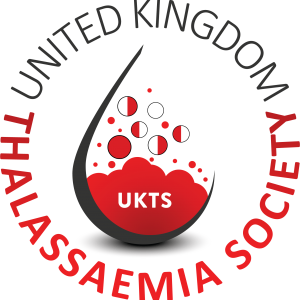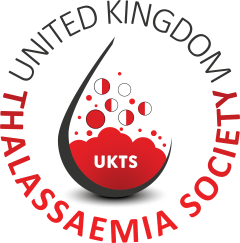Quality Standards for thalassaemia and sickle cell

Your chance to comment on the revised document.
We have been given the opportunity to help draft the quality standards for peer reviews for haemoglobin disorders like thalassaemia.
What are quality standards?
Quality standards are documents or protocols that prioritise areas needed to treat individuals with thalassaemia. Not only do they work as a sort of manual to help and support health care professionals to provide the right care for their parents, they also help to improve the quality of care, services provide.
How do review it?
Attached, you’ll find a document that describes the quality standards based on patient perspective and the type of information patients and primary health care professionals (GP) receive. This takes the form of patient information on a description of how services work in your hospital, who are your team, how to contact them, how to make a complaint. They also include information about iron chelation, side effects, infections etc and what to do or who to contact in an emergency.
Your job is to answer the following questions and to provide comments or thoughts on how you think services can improve bearing in mind it involves things like the type of information you receive from health professionals (like information to the GPs, test results, explanations etc.) You can also make suggestions on the type of information you think you would be helpful for you and other patients.
If you have any questions or would like to comment on the quality standards, please send them to Roanna Maharaj – roanna@ukts.org
Here are some questions you may find helpful when looking at the document.
- Do the Standards cover the important aspects of the structure and process of services? Are any areas missing?
- Standards aim for a balance between showing that national guidance has been implemented and allowing maximum flexibility for local implementation. Has this balance been achieved?
- Are the Standards too prescriptive or too detailed at any point?
- Are the Standards written in clear, unambiguous language?
- Any other comments:
Download: The Draft Standards-100’s for comments
